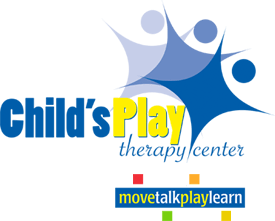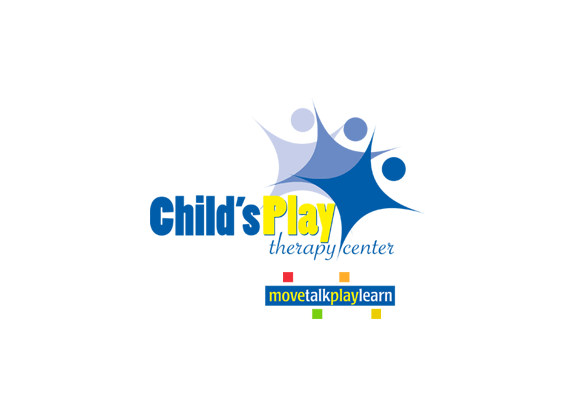by Heather Heusinger-Carlton, MS, CCC-SLP
Everyone stutters a little bit, right? Not likely. Though we all experience breaks in the flow of our speech such as interjections (“um…” and “uh…”) or word or phrase repetitions (“But, but I don’t want to!” or “I don’t, I don’t think so.”), this is not considered stuttering. These disjointed moments occurring in speech are called disfluencies, and everyone experiences them from time to time.
Stuttering, on the other hand, is a neurological and very often genetic condition caused by subtle differences in the brain. Stuttering involves persistent involuntary breaks in the flow of speech such as sound, word, and phrase repetitions; prolongations; and blocks. Additionally, there may be the presence of physical symptoms, known as secondary behaviors, that develop over time and serve the perceived function of “breaking out” of a moment of stuttering. The most defining characteristic of stuttering is the experience of being stuck or having a loss of control when speaking and the associated negative actions, feelings, and thoughts that develop. As a result, people who stutter often experience limitations in daily communicative exchanges and life activities due to this.
Concerned that your child may stutter? Here are some characteristics of stuttering:
- Repetitions: the repetition of a sound, syllable, whole word, or phrase (“Hap-hap-happy birthday!”)
- Prolongations: the prolongation of a sound (“Ssssssso what?”)
- Blocks: the stoppage of sound (“I like pi–zza”)
- Interjections: the insertion of fillers such as “umm” and “uh” (“It’s your…umm…turn.”)
- Word substitutions: the production of an easier word rather than the more challenging intended word (“Pass me the ke-ke-…red stuff, please.”)
- Avoidance: the avoidance of certain words or situations perceived to contribute to stuttering (avoiding talking on the phone, avoiding speaking up in class)
- Physical symptoms: the presence of tension in the facial muscles or body; blinking eyes; grimacing; hand and foot movements; rocking
Developmental disfluencies are quite common in children between the ages of 2-6 as they are learning to become better communicators. It may seem that their mouths cannot keep up with their brains. Some characteristics that indicate this type of speech may develop into persistent stuttering include:
- Age of onset: If stuttering begins before 3.5 years of age, the child is more likely to develop persistent stuttering.
- Types of disfluencies present: The presence of blocks are more predictive of persistent stuttering than are part-word and whole-word repetitions.
- Family history of stuttering: A child with a family member who stutters is more likely to develop persistent stuttering.
- Duration of disfluent speech: A child who has had disfluencies for 6-12 months is more likely to develop persistent stuttering.
- Sex of the child: Boys are more likely to develop persistent stuttering than girls.
- Concomitant speech-language disorders: A child who has a speech sound disorder or a language disorder is more likely to develop persistent stuttering.
Stuttering is considered a disorder in the sense that it can negatively impact the actions, feelings, and thoughts of the speaker and limit their daily communicative exchanges and life activities. Is stuttering bad, wrong, or in need of fixing? No, it is merely a different way of speaking. In this case, what is the role of speech therapy as it relates to stuttering? Speech therapists focus on effective communication skills, which can be impacted by stuttering, because the child who stutters is existing in a world that is not designed for their way of speaking. Speech therapy can help the child who stutters learn to accept themselves as they are and give them the tools and support needed to confidently and successfully navigate the world with a stutter.
International Stuttering Awareness Day is coming up on October 22, 2025! If you have a child who verbalizes feeling “stuck” when speaking, appears to struggle to get their words out, or demonstrates breaks in the flow of speech production, she or he may benefit from a fluency evaluation at Child’sPlay Therapy Center (CPTC). For more information, call (256) 837-2470 (North Huntsville location) or (256) 203-9739 (South Huntsville location) or visit our website at childsplaytherapycenter.com.
Sources:
Reeves, N. and Yaruss, J. S. (2025, May 14). If Stuttering is Neurodiversity, What is Our Role as SLPs? ASHA Leader Live. https://leader.pubs.asha.org/do/10.1044/2025-0513-stutter-verbal-diversity-slp/full/
Reeves, N. and Yaruss, J. S. (2013) School-Age Stuttering Therapy: A Practical Guide. Stuttering Therapy Resources, Inc.
What is My Current Definition of Stuttering? (2025). Stuttering Therapy Resources. https://stutteringtherapyresources.com/blogs/blog/what-is-my-current-definition-of-stuttering?




